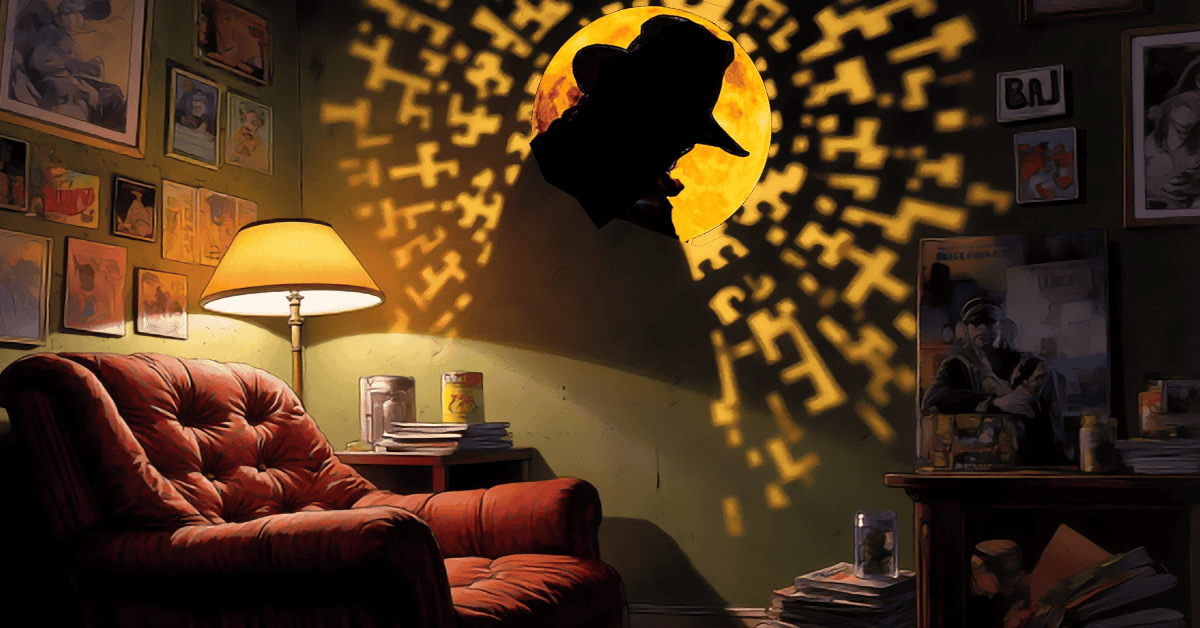Pulp Crime Comics: Born in the Shadow of the 1930s Crime Wave
Crime isn’t new, but the 1930s brought it to the front pages and the public imagination in unprecedented ways. Bank heists by the likes of John Dillinger and Bonnie and Clyde, turf wars between mobsters, and the rise of federal law enforcement painted a chaotic picture of America. Amidst this backdrop, pulp crime comics emerged as both entertainment and a reflection of the times—a gritty mirror to a world that felt increasingly lawless.

The Birth of Illustrated Crime
Pulp fiction was so named because of its cheap, gritty format—printed on coarse paper for a dime. Its stories were blunt, its heroes morally ambiguous, and its villains larger than life. For Depression-era audiences, struggling through breadlines and widespread unemployment, these tales offered a strange mix of escape and validation. The crimes in their neighborhoods weren’t all that different from those on the page.
In 1931, Dick Tracy introduced readers to its square-jawed detective, hunting gangsters straight from Chicago’s headlines. Comics like Crime Does Not Pay (1942) dug into true-crime tales with a zeal for lurid details. These stories didn’t just entertain—they warned, moralized, and, at times, glorified the underworld.
Visual Storytelling Meets Noir
Pulp crime comics weren’t subtle. Artists leaned on heavy shadows, exaggerated emotions, and stark contrasts to pull readers into a world where danger loomed around every corner. The cities felt alive in the worst way—claustrophobic mazes of dirty alleys, flickering neon signs, and smokey rooms where deals were sealed with handshakes or gunshots.
Detectives were hardened antiheroes, shaped by war and wary of trust. The femme fatales, with motives as sharp as their cheekbones, reminded readers that danger came in many forms. These stories invited readers to wrestle with their moral compass, asking: who’s really the villain here?
Post-War Boom and the Changing Face of Crime
By the 1940s, war veterans had little appetite for sugar-coated stories. They wanted grit, and publishers delivered. EC Comics, with series like Crime SuspenStories, dove into the darkest corners of the human psyche. Other publishers like Timely Comics (the precursor to Marvel) brought a pulpy edge to tales of heists, betrayals, and desperate last stands.
As the decade progressed, crime comics reflected a growing anxiety about modernity. Organized crime was no longer the stuff of alley brawls—it was boardroom corruption, rigged elections, and quiet threats that could bring down entire communities.
The Crackdown: Crime Comics on Trial
By the 1950s, the bubble burst. Rising fears about juvenile delinquency and public morality made comics a convenient scapegoat. Dr. Fredric Wertham’s Seduction of the Innocent accused the medium of corrupting America’s youth. Senate hearings followed, and the Comics Code Authority imposed harsh restrictions:
- Heroes had to win.
- Criminals could never be sympathetic.
- Violence was sanitized to the point of irrelevance.
The code didn’t just sanitize crime comics—it neutered them. Many publishers folded; others pivoted to superheroes or squeaky-clean stories.
Legacy and Revival
Though crime comics were nearly extinguished, their DNA lived on. In the 1980s and beyond, creators like Frank Miller (Sin City) and Ed Brubaker (Criminal) resurrected the gritty realism and moral ambiguity of their pulp predecessors. These modern stories owe much to the illustrators and writers of the 1930s and 1940s who proved that comics could be raw, dark, and unapologetically human.
Today, crime comics enjoy a resurgence without the censorship shackles of the past. From indie publishers to digital formats, the genre continues to evolve. But at its core, it’s still about the same things: the shadows we live in, the choices we make, and the consequences that follow. Crime comics remind us that even in a four-color world, life isn’t black and white.

